How does maca grow?
Maca is a self-pollinating plant that has two distinct annual growth cycles, one to produce and select medicinal maca roots (hypocotyls) for consumption (Cycle 1) and the second to select optimum maca seeds (rosettes) for planting (Cycle 2). Each cycle takes approximately 9-12 months, with a 3-month drying period post-harvest.
All ploughing, planting and harvesting is done manually by hand the way it has been done for centuries.
Incan traditions allow for 10 years of soil resting and re-mineralising after harvest before re-planting. The farmers see this as a 10-year soil preparation cycle during which times crops are rotated. Following this logic every batch of our maca takes 13.5 years to produce from start to finish – 10 years of soil preparation, 2 years for production of the seeds, 1 year to grow and harvest the medicinal root, 3 months to naturally sun-dry and 3 months to powder, heat-activate, package and ship.
The cycles of maca production to select medicinal maca roots (hypocotyls) for consumption (Cycle 1) and optimum maca seeds (rosettes) for planting (Cycle 2).
Planting – Maca planting occurs every year between November-December (1). Seeds are manually dispersed across a ploughed field of mineral rich soil infused with guano (bird excrement). The seeds take 2-3 weeks to germinate and a further 8-9 months to mature. After germination, the seedlings are evenly re-spaced (2) with an approximate circumference of 10cm between bulbs to ensure each plant has a sufficient supply of mineral rich soil. Competition for soil minerals prevents bulbs too closely spaced from reaching their growth potential. Maca bulbs come in 3 main colours – yellow, red and black. All colours stem from the same seeds, however the resulting ratios differ, with 60-70% of germinated seeds becoming yellow maca, 20-25% red and 10-15% black.
Harvesting – Once fully matured, the maca is harvested in July-August (3). Harvesting is done manually with the slow and careful turning over of superficial soil, followed by hand-picking exposed maca roots. Optimum roots for processing are chosen and separated. At the same time, approximately 10% of the best quality bulbs are set aside to re-plant for seeding to produce the crop for the following year (4). Once collected, the fresh maca for processing is placed in large netted bags and agitated to remove excess soil and contaminants before being prepared for drying. Maca can leave the soil so mineral deficient that it can take up to 10 years to regenerate before planting can re-occur. As such, many farms have 10-year crop rotation cycles in place to ensure the soil provides optimum mineral content for growth.
Maca harvesting using traditional hand tools.
A cross-section of maca roots below the soil.
Drying – Natural air drying at altitude takes on average 3 months and is integral to the development of the medicinal properties of maca (5). The hot daytime sun and low humidity will dehydrate the bulb to lose 60% of its weight and become 10x more bio-active. It is integral to avoid water contamination during this phase as moisture encourages growth of mould that can produce dangerous aflatoxins. Once dry, the bulbs are sent for processing.
Seeding – The sacrificial ‘seeding bulbs’ from harvest are stored for up to 4 months before being replanted in the soil for a further 6 months to allow the leaves (rosettes) to grow (6). The rosettes are then re-harvested in June-July (7) and dried for 2 months before being ground up to release the encapsulated seeds (8). The seeds are separated by traditional wind dispersion and concentrated in preparation for planting.
Maca rosettes after replanting (left) to produce the seeds.
Maca seeds are extracted from the dried rosettes before being planted in November.
Next time you buy a bag of our maca we hope you take some time to think about the entire 13.5 year production process involved to get the maca to your table. Every bay made with love from Farm to Table by us and our farmer in Peru following the ancient 2000 year old traditions. Not all maca is equal and not all maca is produced so specifically with quality at the forefront.

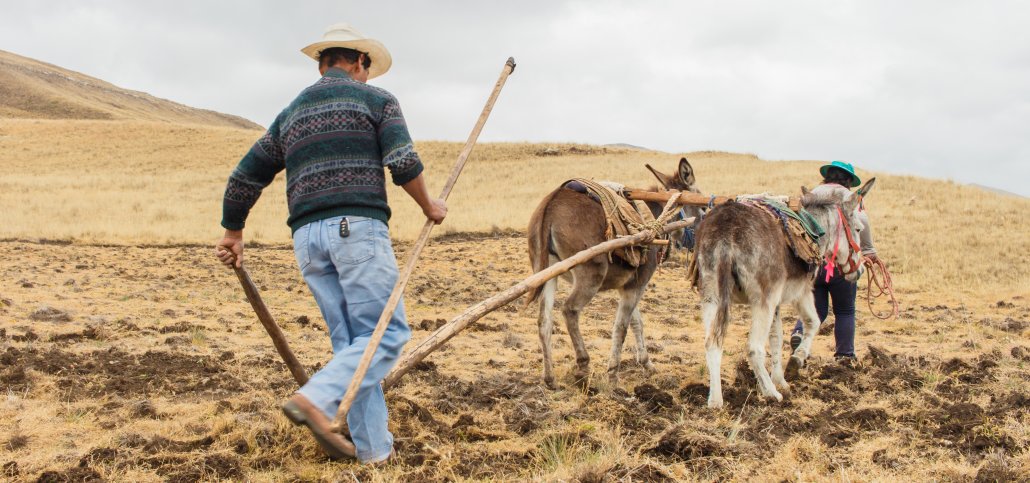
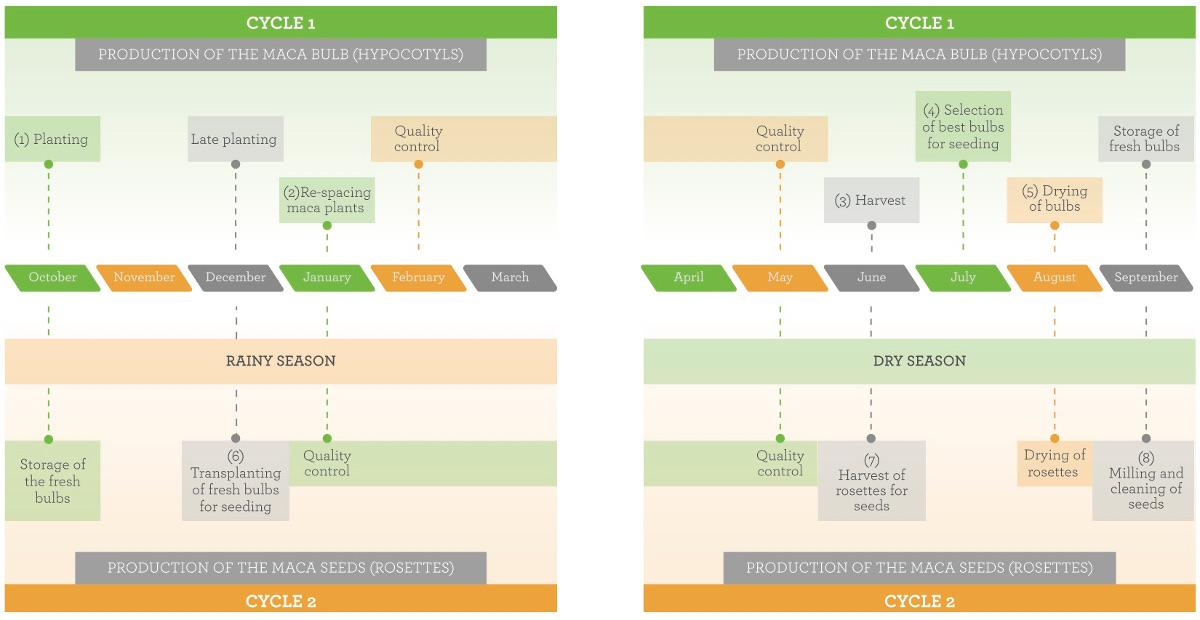
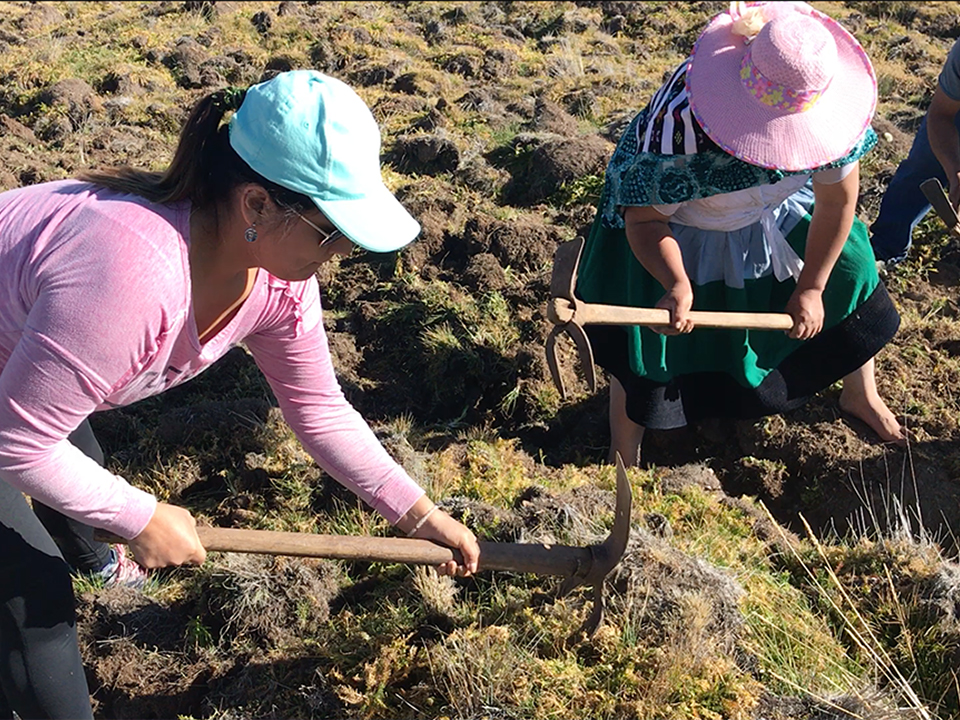
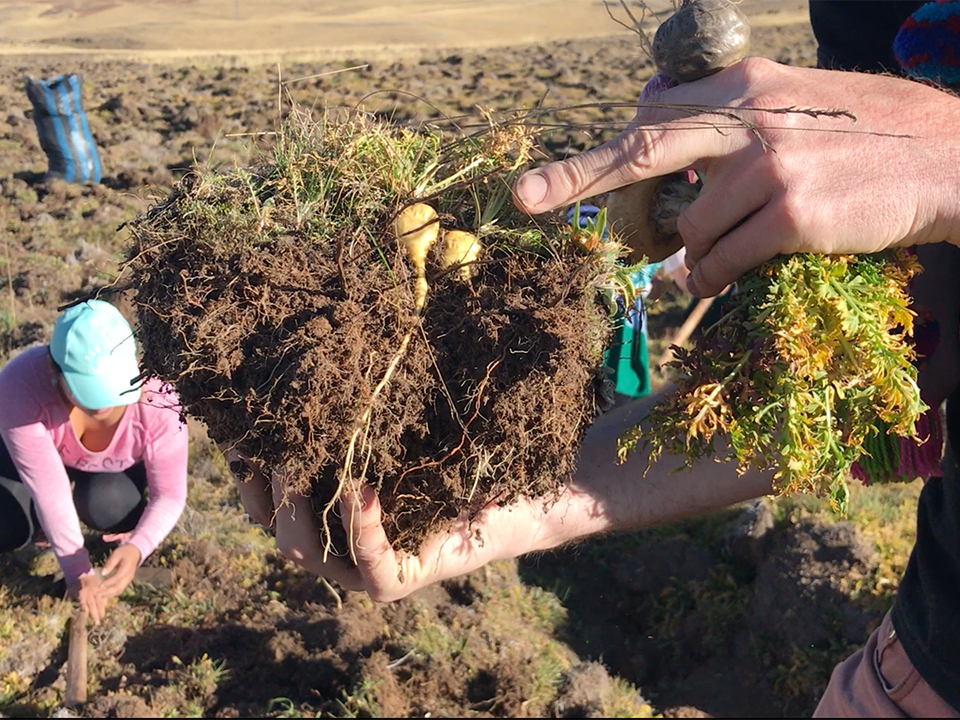
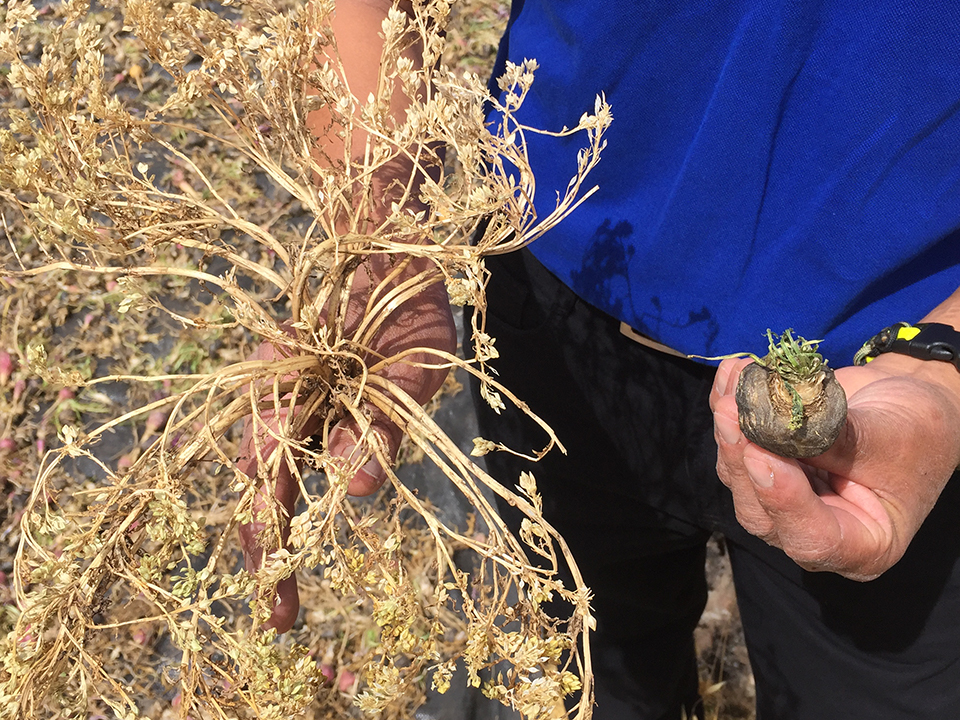
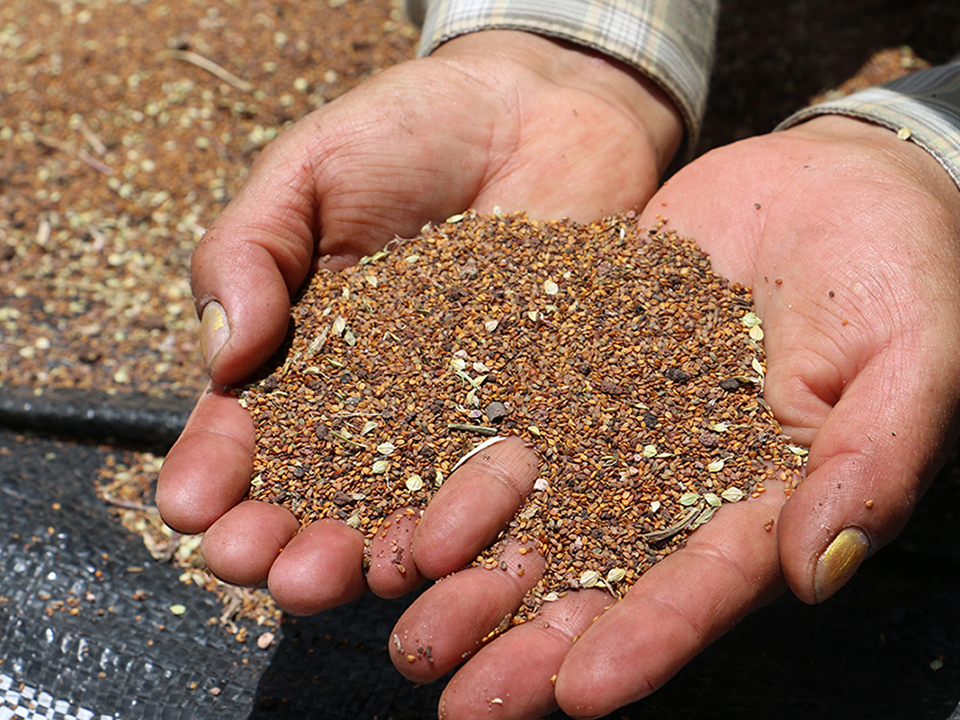
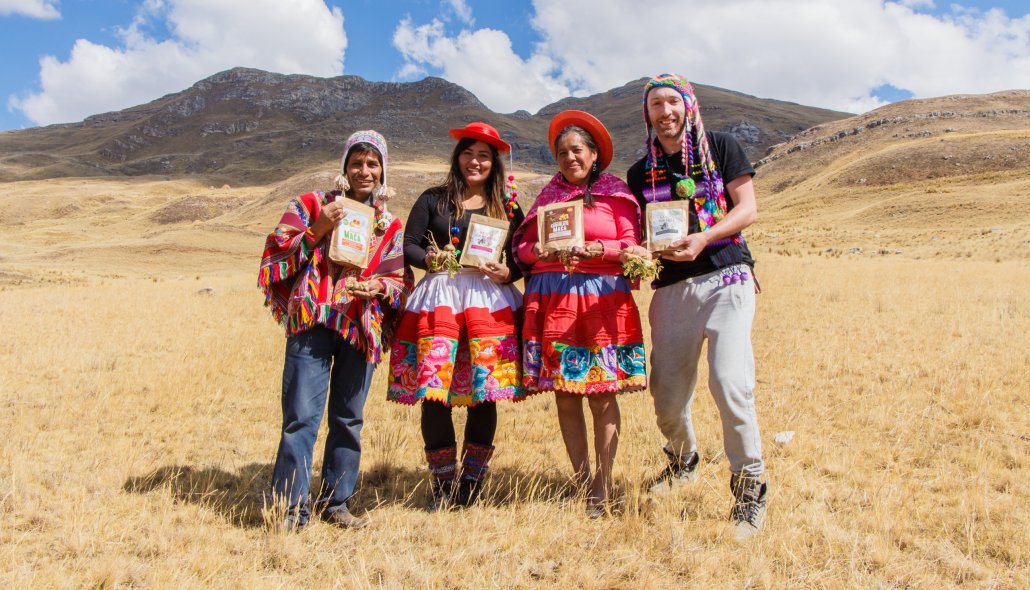
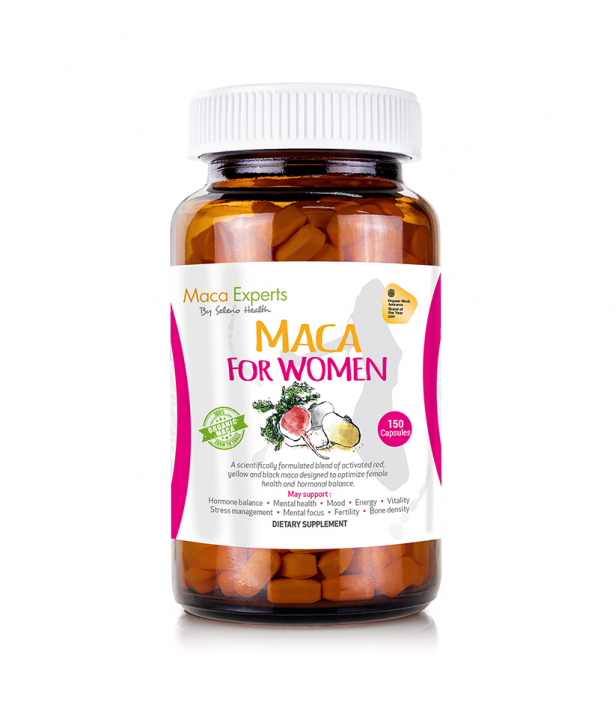
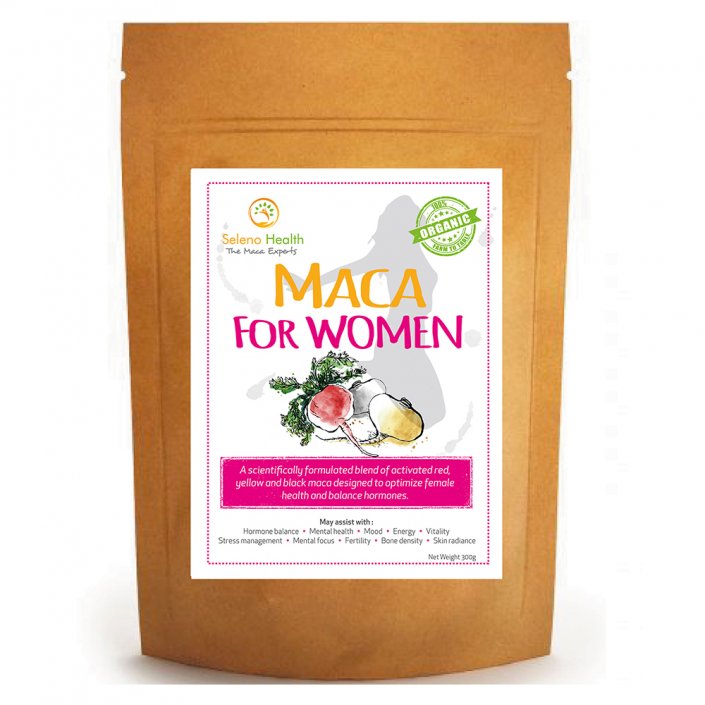
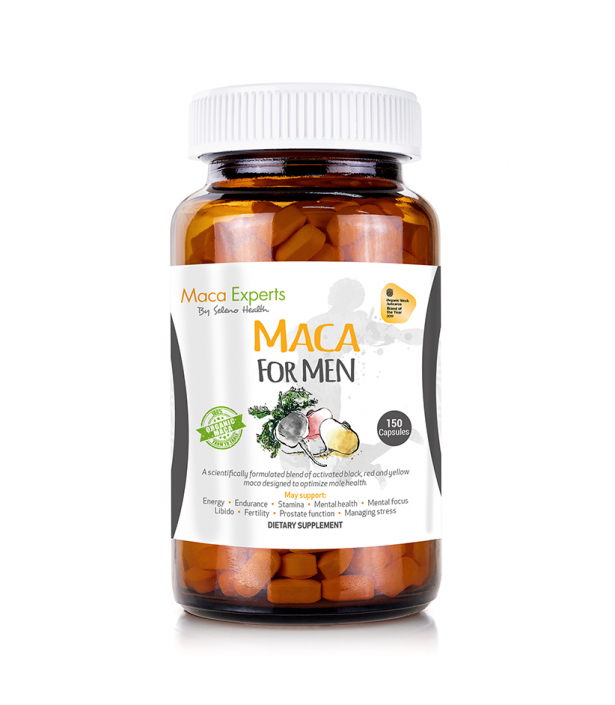
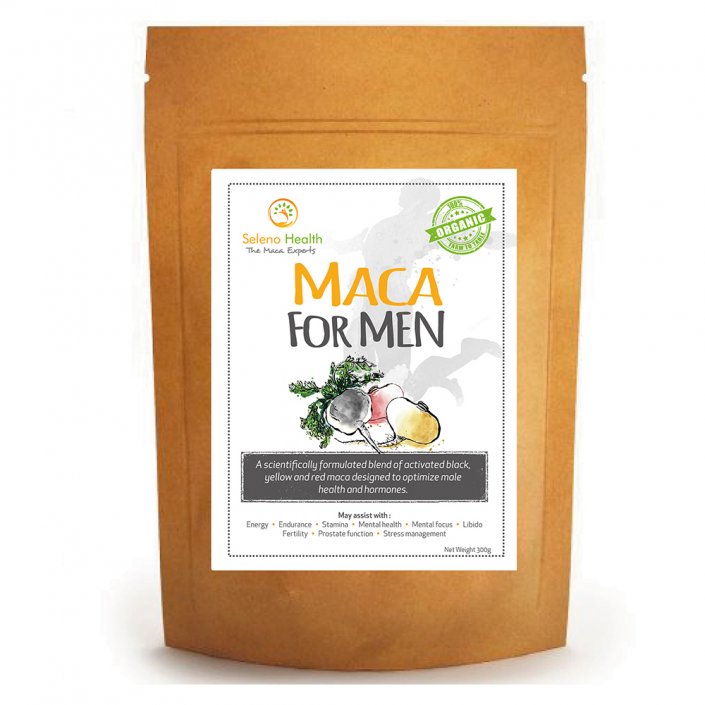
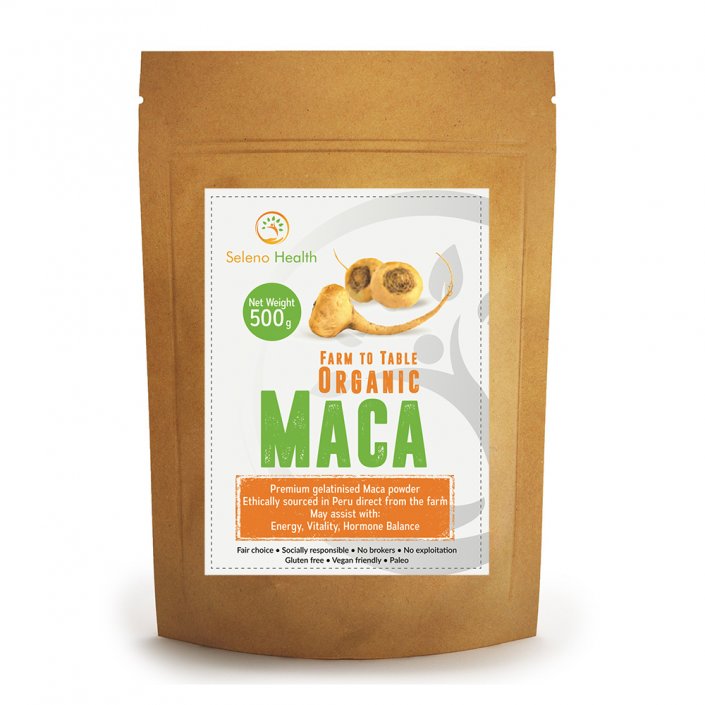
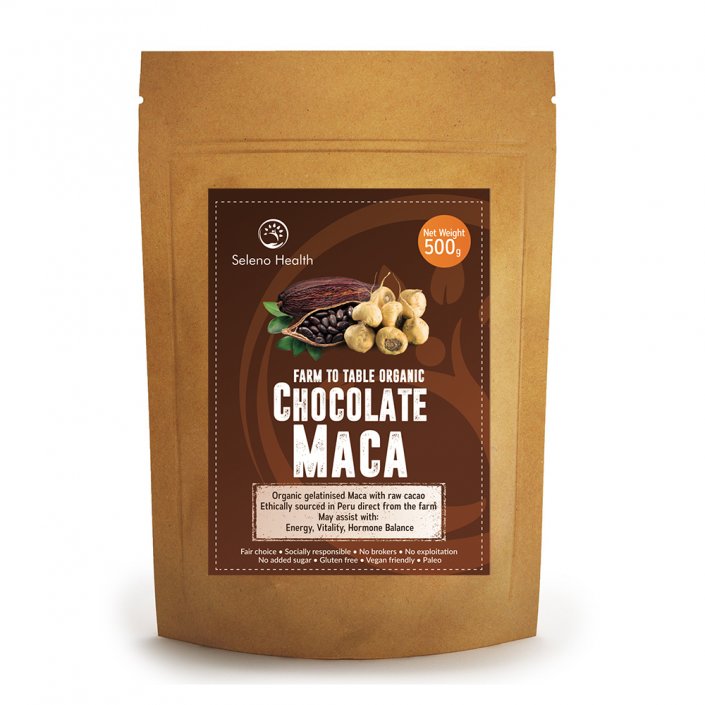
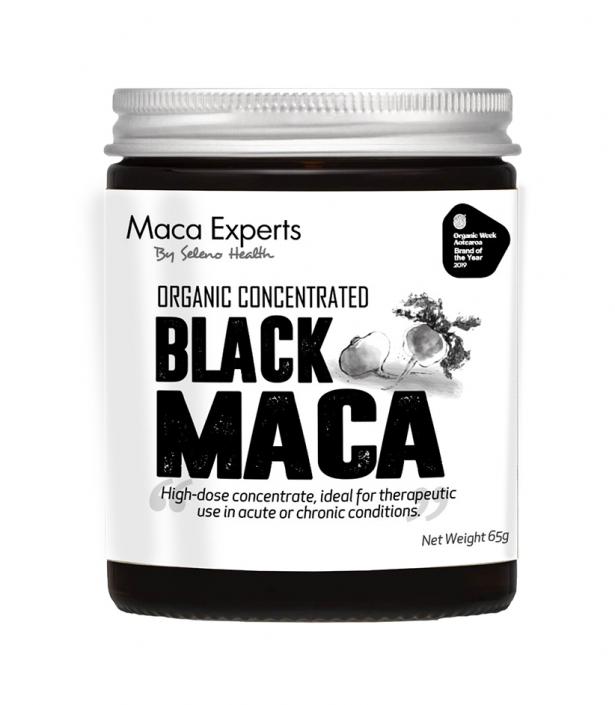
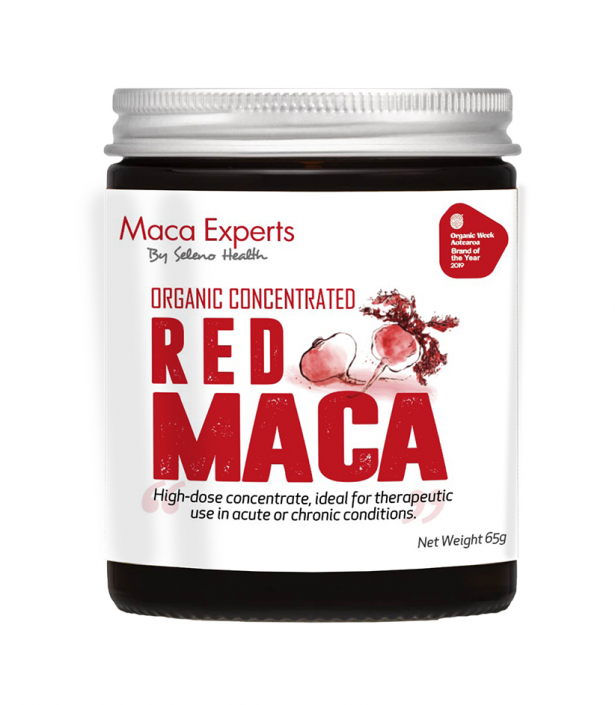
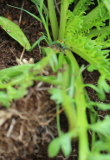
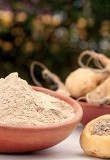
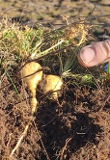
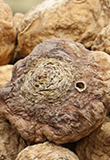
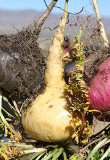
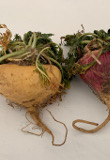


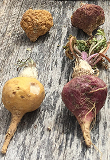
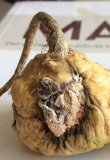
Leave a Reply
Want to join the discussion?Feel free to contribute!